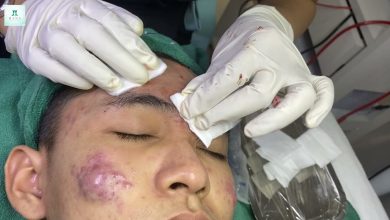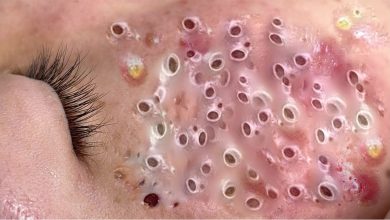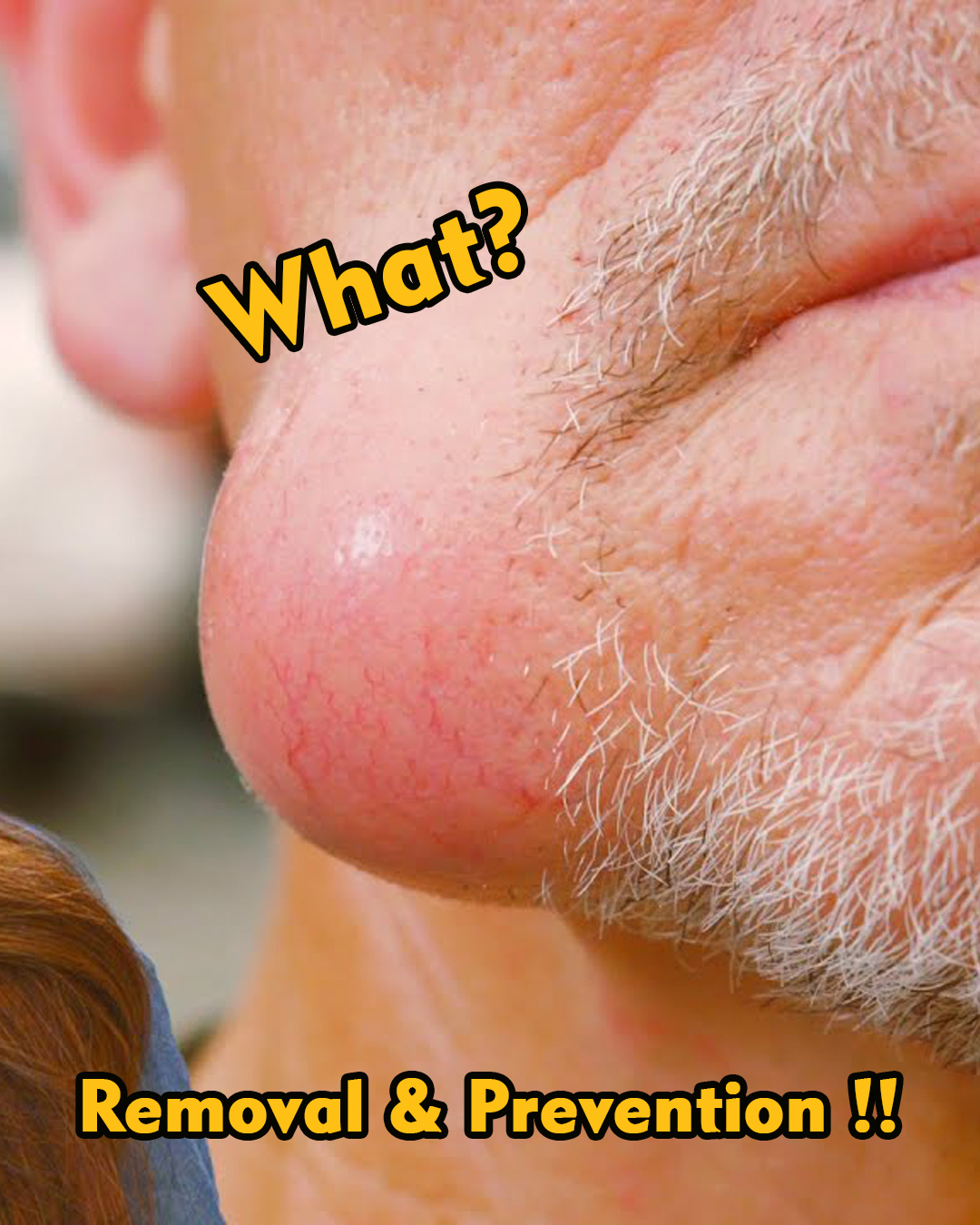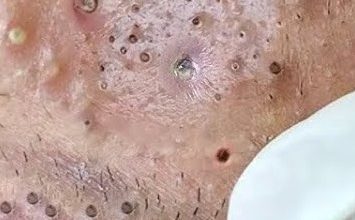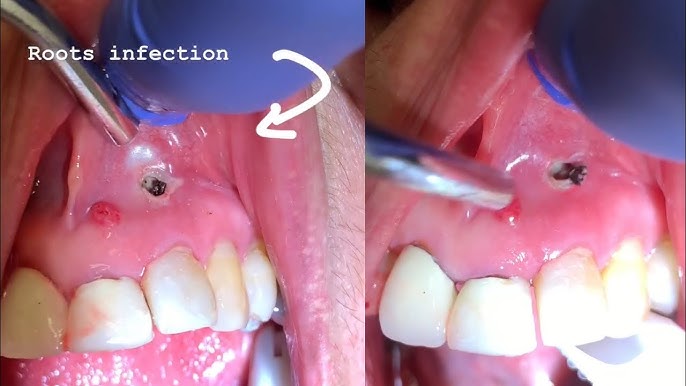Successful Removal of an Epidermal Cyst on the Earlobe: A Step-by-Step Guide
Epidermal cysts, also known as sebaceous cysts, are common, non-cancerous growths that can form just beneath the skin. While they are typically harmless, they can cause discomfort, especially when located on visible or sensitive areas of the body, like the earlobe. If you have an epidermal cyst on your earlobe, you’re probably looking for ways to safely and effectively remove it. In this guide, we’ll walk you through the process of safely removing an epidermal cyst, offering insights into what to expect and how to care for the area afterward.

What is an Epidermal Cyst?
An epidermal cyst is a small, fluid-filled lump that forms beneath the skin, often caused by a blocked hair follicle or a buildup of keratin. Though they can occur anywhere on the body, cysts on the earlobe are particularly noticeable due to the sensitivity and visibility of the area. While these cysts are usually painless, they may become irritated, swollen, or infected if left untreated.
Why Remove an Epidermal Cyst on the Earlobe?
There are several reasons you might choose to remove an epidermal cyst on the earlobe:
- Discomfort: A cyst may cause pain or tenderness if it becomes inflamed or infected.
- Aesthetic Concerns: Cysts on the earlobe can be noticeable, which may affect your confidence or appearance.
- Infection Risk: If the cyst becomes infected, it may need to be removed to prevent complications.
Step-by-Step Guide to Removing an Epidermal Cyst on the Earlobe
Step 1: Consult with a Healthcare Professional
Before attempting to remove an epidermal cyst, it’s important to consult a healthcare professional, such as a dermatologist. While some cysts can be safely removed at home, others may require medical attention, especially if there’s a risk of infection or complications. Your doctor will assess the cyst’s size, location, and condition, and advise you on the best course of action.
Step 2: Prepare for the Procedure
If your doctor recommends removal, they may choose to remove the cyst in their office using a sterile technique. The procedure typically involves:
- Local Anesthesia: To numb the area, your doctor will inject a local anesthetic into the skin around the cyst.
- Sterilization: The area will be cleaned thoroughly with an antiseptic solution to minimize the risk of infection.
Step 3: Removal of the Cyst
The removal process typically follows these steps:
- Incision: Once the area is numb, the doctor will make a small incision in the cyst to allow access.
- Drainage: The cyst’s contents, including the keratin, will be gently squeezed out.
- Complete Removal: In some cases, your doctor may need to remove the entire cyst wall to prevent the cyst from reappearing. This ensures that the sac is completely excised, preventing it from refilling.
Step 4: Post-Procedure Care
After the cyst is successfully removed, there are a few important steps to follow to ensure proper healing:
- Dress the Wound: A clean, sterile bandage will be applied to protect the area. You may need to change the dressing regularly.
- Pain Management: Over-the-counter pain relievers like ibuprofen or acetaminophen can help manage any discomfort.
- Avoid Touching the Area: It’s important not to touch, squeeze, or irritate the site of the incision, as this could introduce bacteria or lead to infection.
- Monitor for Signs of Infection: Keep an eye on the area for redness, swelling, increased pain, or discharge. If any of these symptoms occur, contact your healthcare provider.
Step 5: Follow-Up Appointment
A follow-up appointment may be scheduled to ensure proper healing. Your doctor may remove any stitches (if necessary) and check for signs of recurrence or complications.
Potential Risks and Considerations
While the removal of an epidermal cyst is generally a safe procedure, there are a few risks to consider:
- Infection: As with any surgical procedure, there’s a risk of infection if proper aftercare is not followed.
- Scarring: A small scar may remain after the cyst is removed, though it usually fades over time.
- Recurrence: In some cases, the cyst may return if part of the cyst wall was left behind during the procedure.
Conclusion
Removing an epidermal cyst on the earlobe can be a straightforward process when done by a healthcare professional. By following proper care instructions before and after the procedure, you can minimize the risks and achieve successful results. Whether you choose to have the cyst removed for aesthetic reasons, discomfort, or infection prevention, it’s important to seek professional guidance to ensure the best possible outcome.
If you notice any changes in the cyst or the surrounding skin, be sure to reach out to your healthcare provider for further evaluation.

